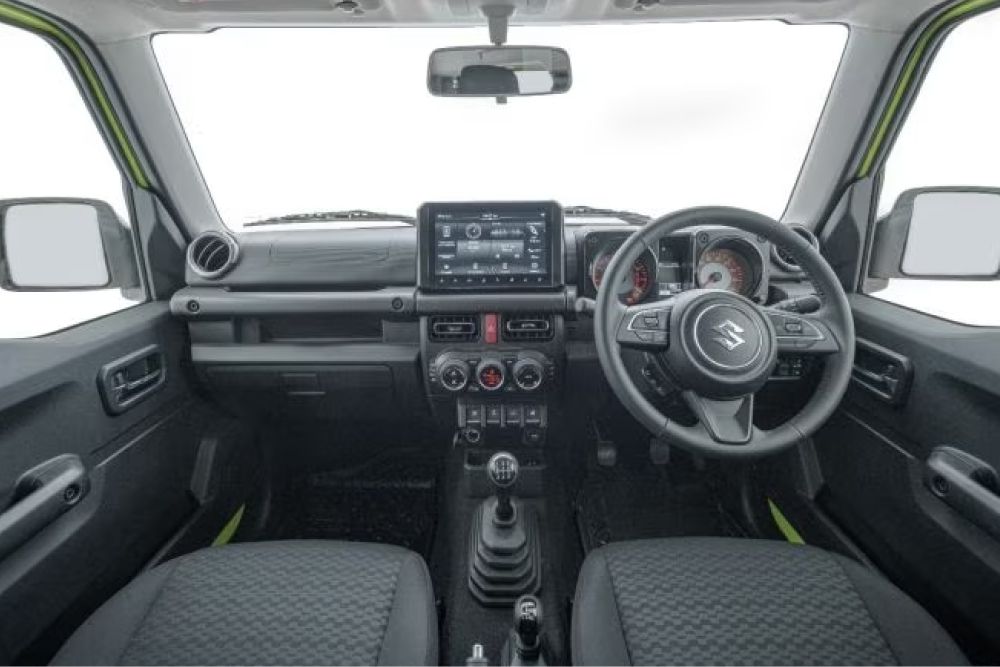Why Indian cars are right-hand drive: A detailed historical overview
Published On 22/5/2024, 9:09:07 pm Author Nitesh YadavIndian cars are right-hand drive (RHD) because India follows the left-hand traffic (LHT) system, where vehicles drive on the left side of the road. This driving orientation is rooted in historical and practical reasons.

The primary reason for India’s left-hand driving system is the British colonial rule. The British, who drove on the left, implemented their driving practices in all their colonies, including India. Even after gaining independence in 1947, India continued to follow the left-hand driving system.
Why Was Right-Hand Drive Introduced?
The British chose to drive on the left side of the road for several reasons:
Historical Practices: In medieval times, knights preferred to keep to the left to have their right arm (the sword-wielding arm) closer to an opponent.

Safety in Horse-Drawn Carriages: Drivers of horse-drawn carriages sat on the right so they could use their whip hand more easily and safely manage their horses on narrow roads. This trend shifted to automobiles as well.
When the British established control over India, they implemented the same left-hand driving (LHD) system, which required right-hand drive (RHD) vehicles.
The decision for India to adopt the right-hand drive (RHD) system was made during the British colonial period. When the British East India Company and later the British Crown governed India, they implemented their own traffic rules, including driving on the left side of the road. This practice necessitated vehicles to have the steering wheel on the right side, hence the right-hand drive system.
Continuity Post-Independence
After India gained independence in 1947, the newly formed government faced numerous challenges in rebuilding the nation. One area that required attention was the transportation and traffic system. Retaining the existing traffic regulations, including the right-hand drive system, was a practical decision for several reasons:
Minimal Disruption: Changing the traffic system would have caused significant disruption. The infrastructure, including road signs, intersections, and traffic signals, was designed for left-hand traffic. A switch to right-hand traffic would have necessitated extensive and costly modifications.
Driver Familiarity: The populace was already accustomed to driving on the left with right-hand drive vehicles. A change would have required retraining millions of drivers, posing a safety risk during the transition period.
Economic Considerations: The economic burden of changing the entire traffic system, including vehicle design, road infrastructure, and driver education, was deemed too high for a newly independent nation with limited resources.
By retaining the RHD system, India ensured continuity and stability in its transportation sector, allowing for a smoother post-independence transition.
Legal Framework for Right-Hand Drive in India
Motor Vehicles Act, 1988
The Motor Vehicles Act, 1988, governs all aspects of road transport in India. It lays down the laws and regulations regarding vehicle standards, driver licensing, road safety, and traffic management. Key provisions relevant to the RHD system include:
Vehicle Standards (Section 110): Section 110 grants the Central Government the authority to create detailed rules concerning the construction, equipment, and maintenance of motor vehicles and trailers. These rules aim to promote road safety, environmental protection, and the smooth functioning of the transportation system.
Driving Regulations (Section 118): This section mandates that drivers must comply with traffic signs, signals, and road markings. For right-hand drive vehicles, this includes adhering to the left-hand traffic system.
Import Regulations (Section 59): The Central Government has the authority to regulate the import of motor vehicles. Imported left-hand drive vehicles must undergo conversion to right-hand drive to comply with Indian road regulations.
The converted vehicle must pass an inspection by the Regional Transport Office (RTO) to ensure it meets Indian safety and emission standards.
















